Skin Resurfacing
Skin Resurfacing.As one of the most exciting and innovative scientific achievements to date, laser technology is being utilized throughout the health care community.
As one of the most exciting and innovative scientific achievements to date, laser technology is being utilized throughout the health care community. Dr Murtuza uses one of the newest lasers to treat sun-damaged skin, facial wrinkles and scars in a procedure called laser skin resurfacing.
FAQ’s


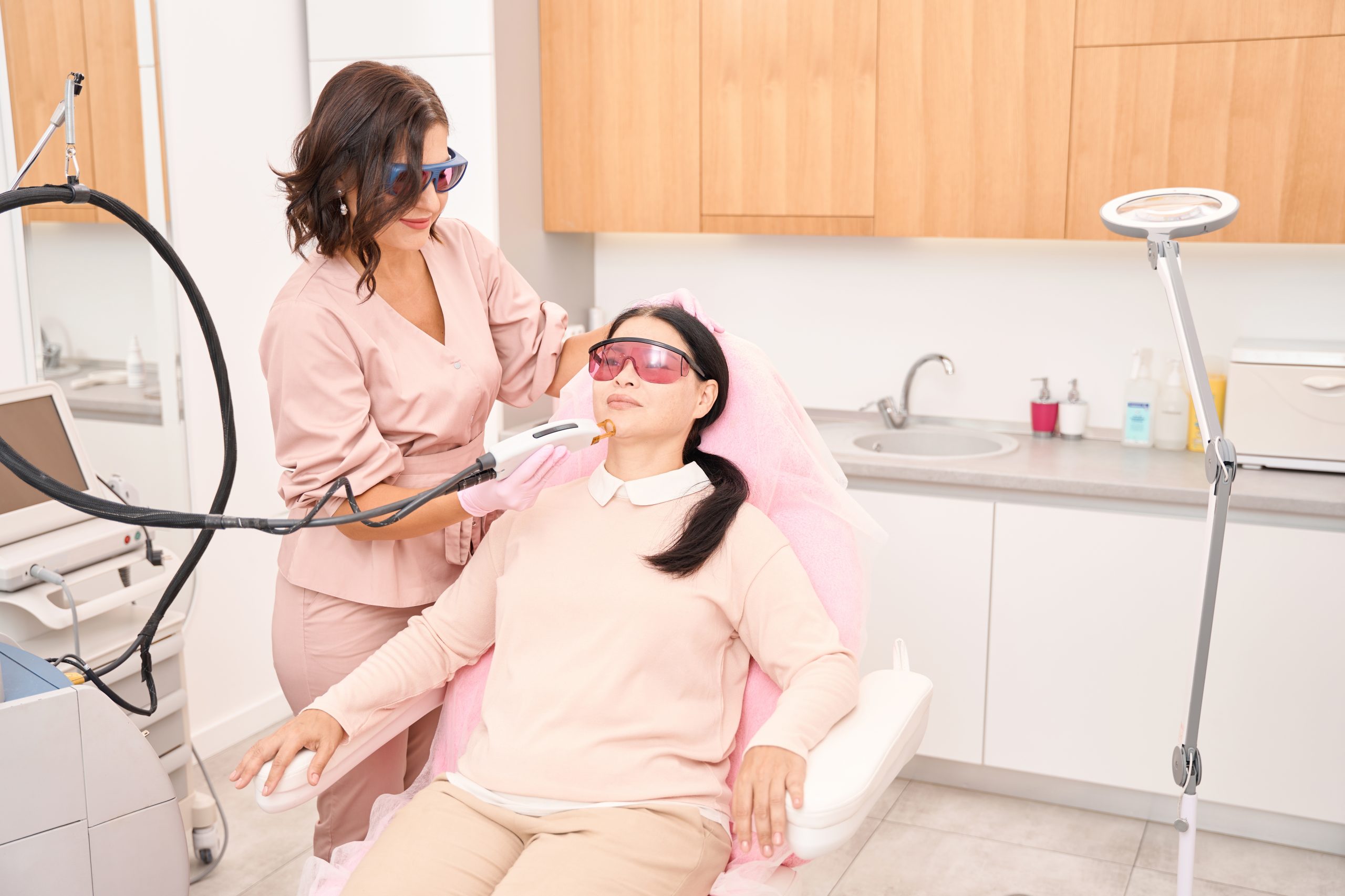
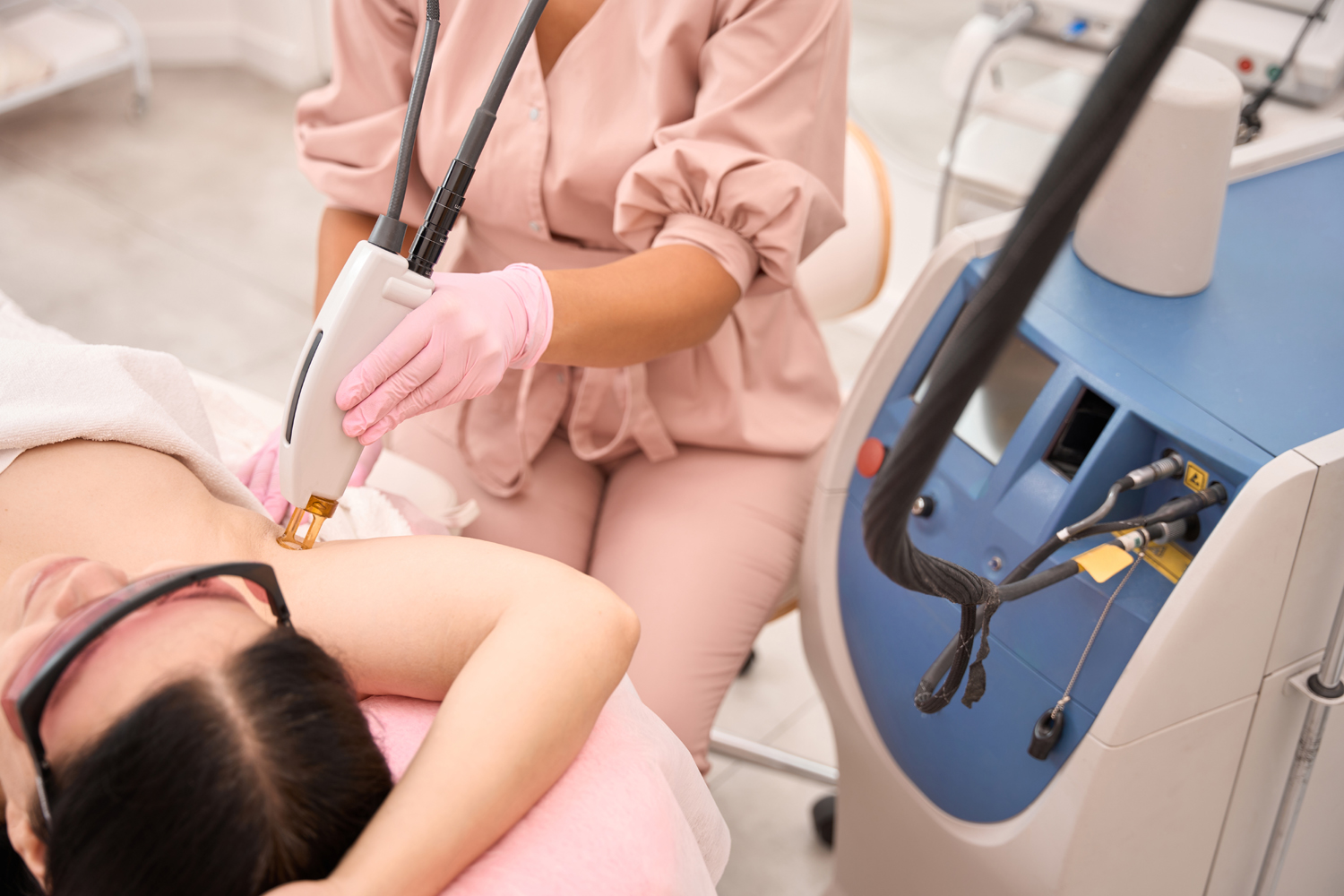
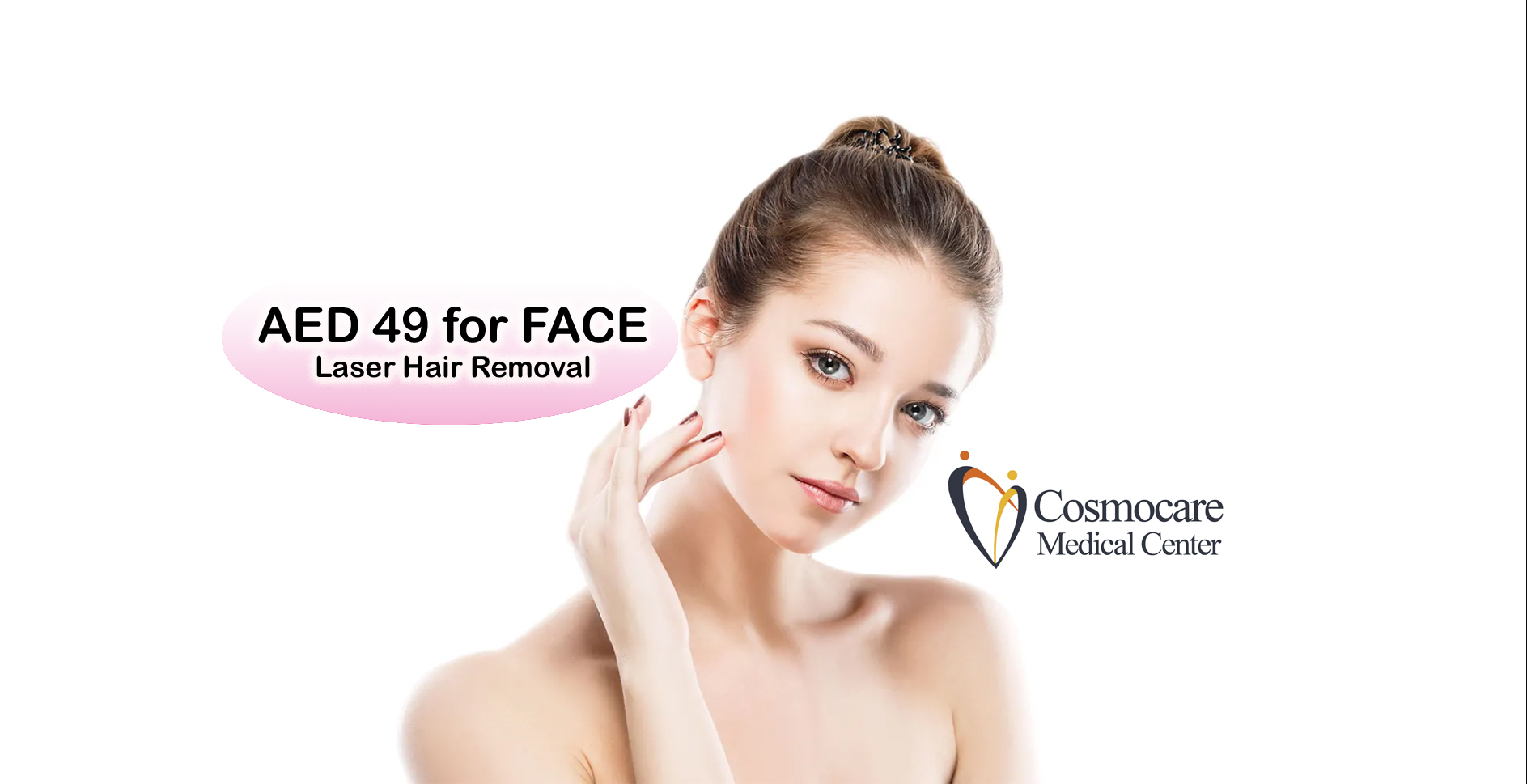 A laser produces a beam of highly concentrated light. The light emitted is well absorbed by the pigment located in hair follicles. The laser pulses for a fraction of a second, just long enough to vaporize the pigment, disabling numerous follicles at a time to eliminate or significantly impede the hair’s growth. At our clinic we uses the highest technology lasers with unparalleled treatment efficacies in hair removal, especially thinner hairs that other lasers simply cannot target.
A laser produces a beam of highly concentrated light. The light emitted is well absorbed by the pigment located in hair follicles. The laser pulses for a fraction of a second, just long enough to vaporize the pigment, disabling numerous follicles at a time to eliminate or significantly impede the hair’s growth. At our clinic we uses the highest technology lasers with unparalleled treatment efficacies in hair removal, especially thinner hairs that other lasers simply cannot target.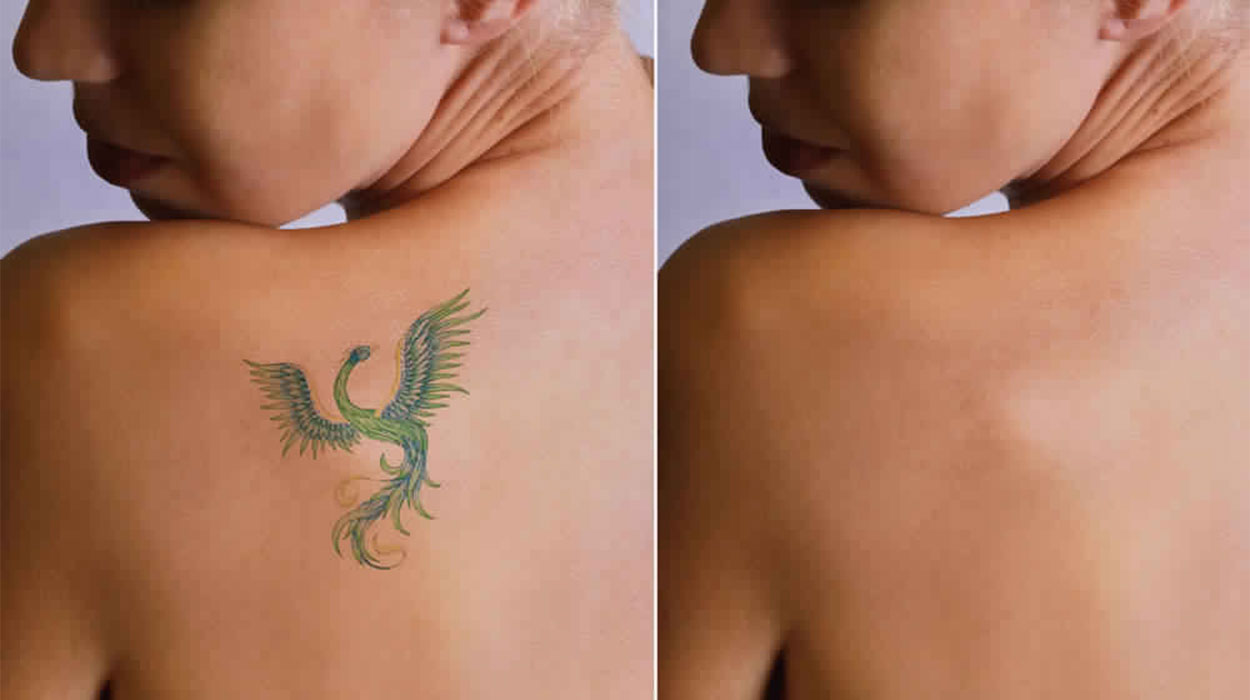
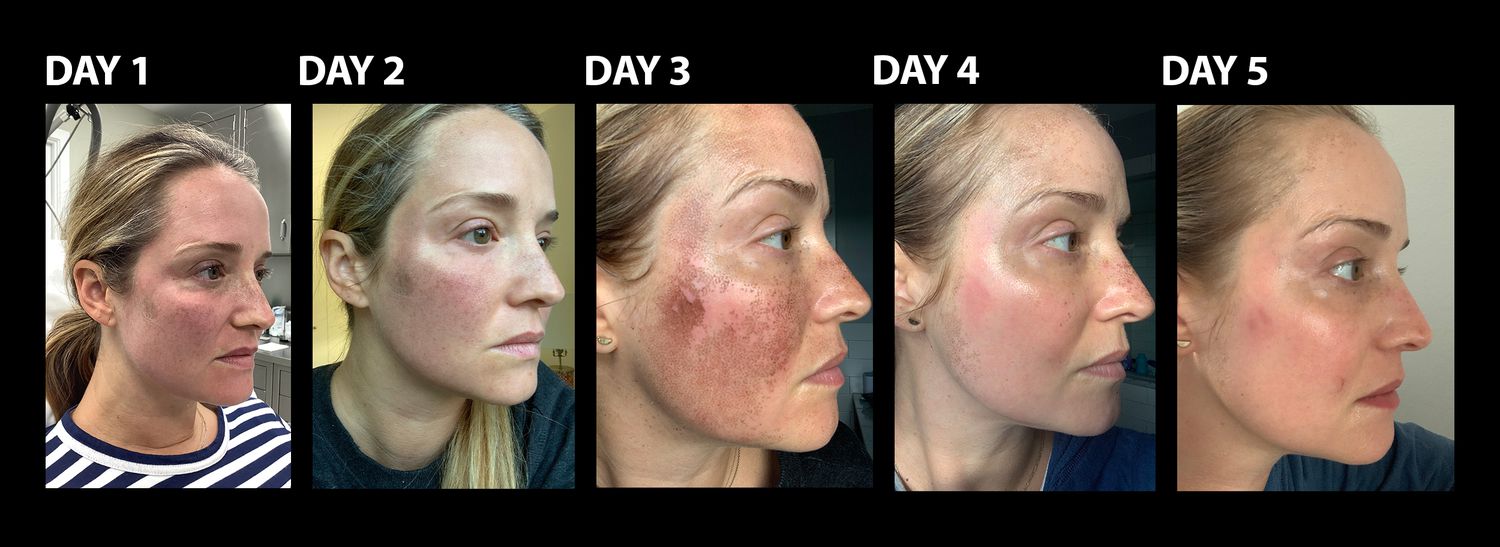 or combination of nonsurgical or minimally invasive techniques that suit you best. With so many lasers to choose from, how do you determine the best laser resurfacing plan for you? As every individual brings unique physical features and desires, a laser treatment plan will be personally formulated to achieve your goals.
or combination of nonsurgical or minimally invasive techniques that suit you best. With so many lasers to choose from, how do you determine the best laser resurfacing plan for you? As every individual brings unique physical features and desires, a laser treatment plan will be personally formulated to achieve your goals.